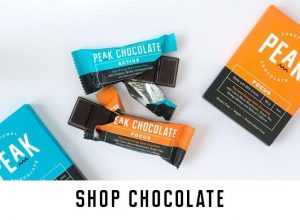
“No offence but I do not pay for running”
I get that a lot. Actually, I used to think like that. First time my eyes caught an issue of Runner’s World magazine I thought to myself what could be new in there and how they could manage new content from an issue to another?! At the time my understanding of running was to put gear on and run like a proud mammal! In the hindsight, I was not doing right.
A few years ago when I was at peak of my activities, more than over-training I exhausted myself with inefficient form. I had no idea of efficiency and proper running form, I just followed my nature, trained spontaneously and the only thing I knew about form was to ensure landing on my toes/front foot like a barefoot primitive caveman to absorb the landing shock in the most natural way.
Although I was right about fore-foot striking, it was not enough to prevent injuries and extreme exhaustion. I learned that everything takes education, even the most natural ones, especially when you take them into a competitive level.
What I find interesting is that out of my small circle of elite runners I have rarely bumped into someone who are aware of their running form; such questions perplex them sometimes:
- do you know you toe-push off the ground?
- do you know you are a heel-striker?
- do you know your knees are out?
- do you know your hips have excessive movement?
and there are a lot more I can tell them about the angles they can improve their running form. That is when I say to myself: “yeah, I have been there, I used to think I could run”.



 Running is the most natural sport. What does it take to prepare for a run? I would not even say clothes! Well we all know it does not even need shoes.
Running is the most natural sport. What does it take to prepare for a run? I would not even say clothes! Well we all know it does not even need shoes.